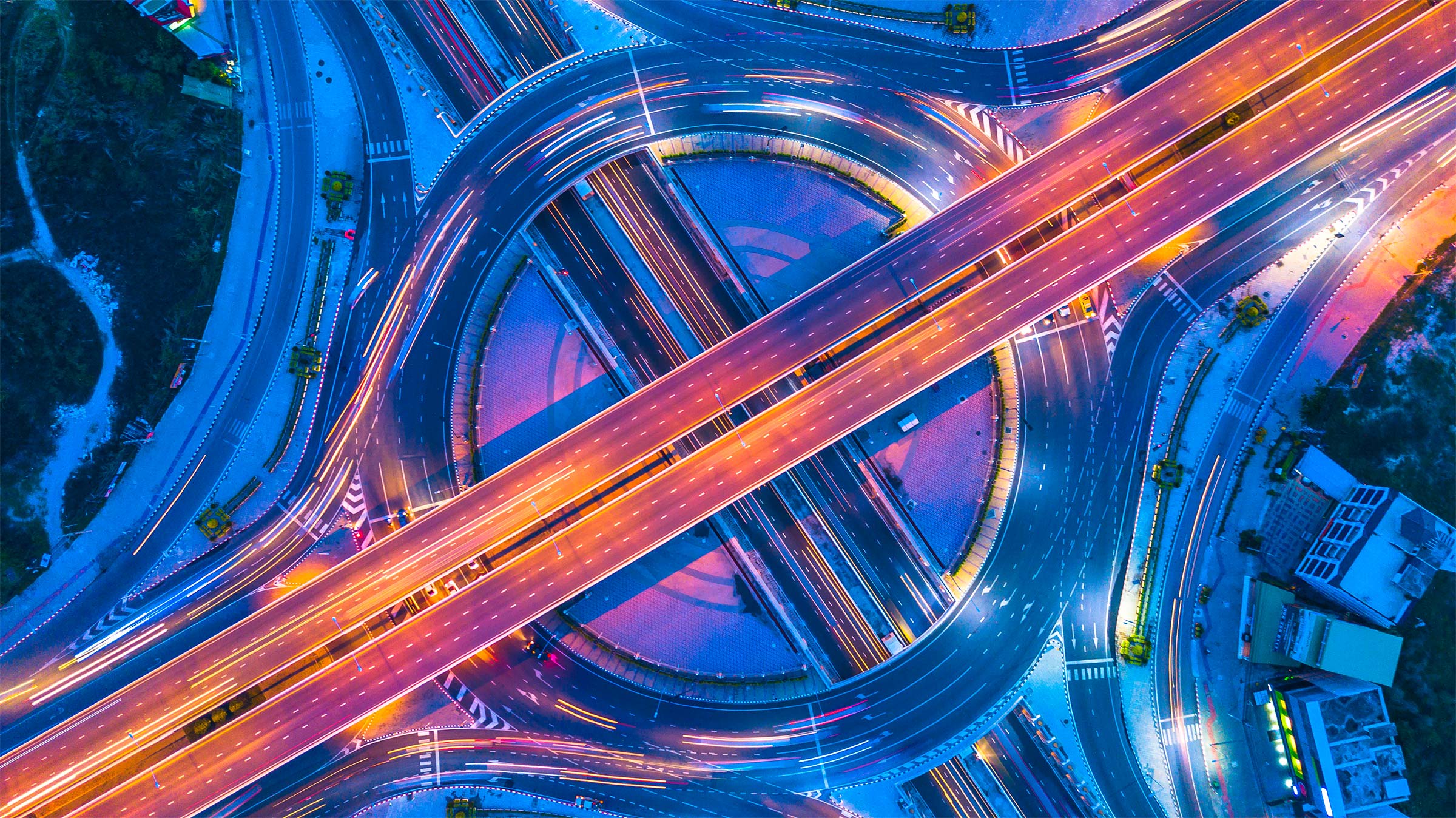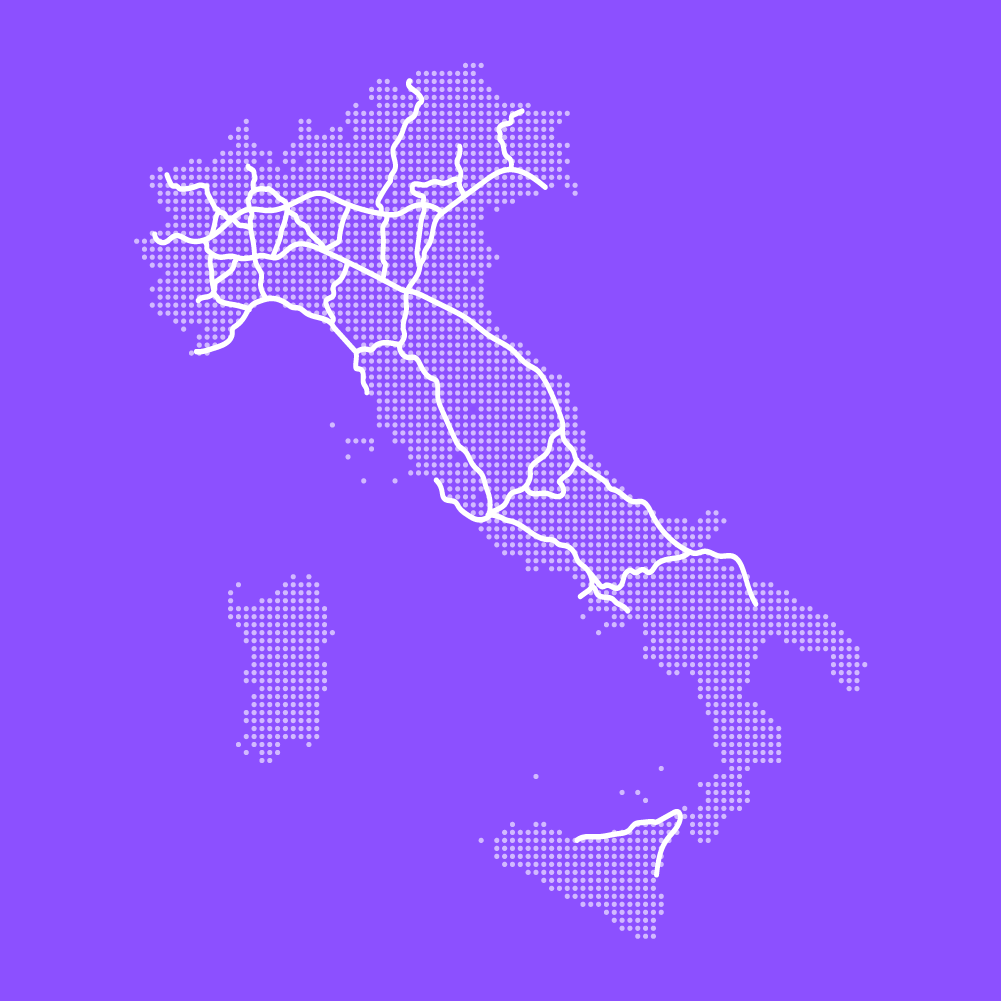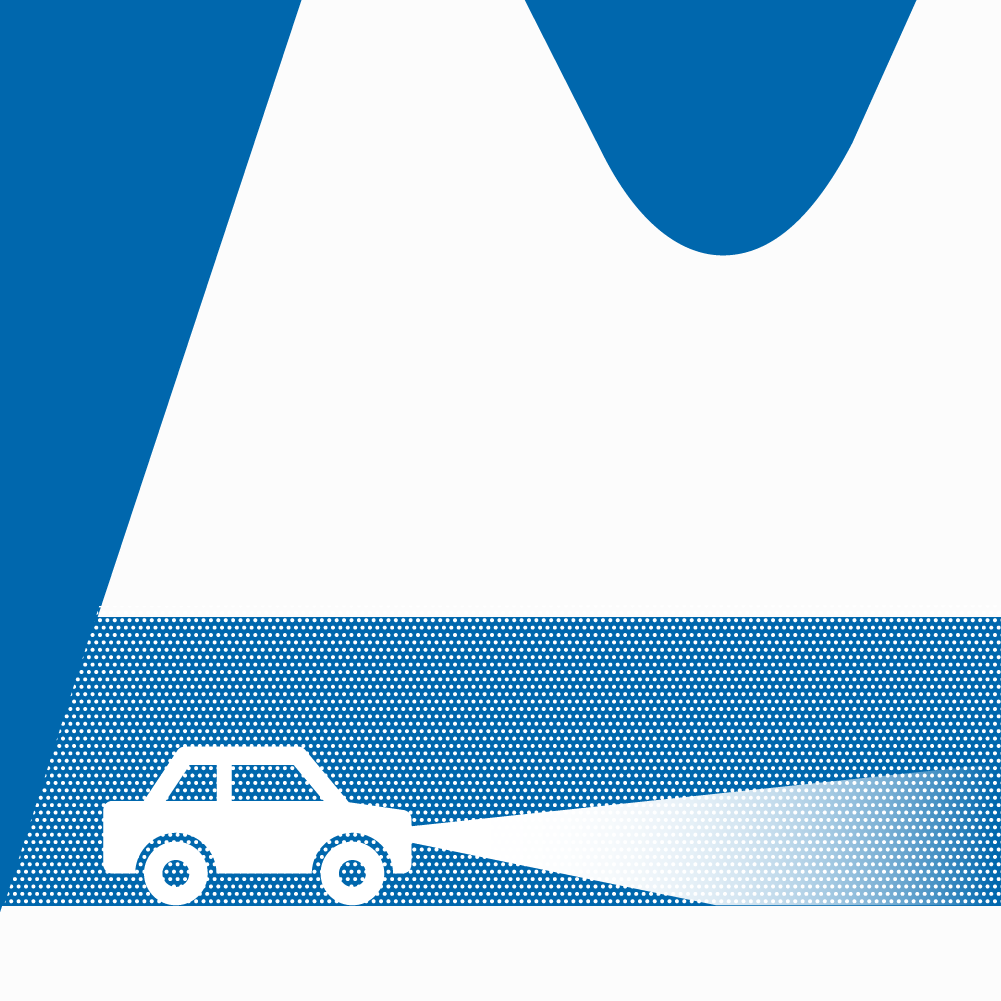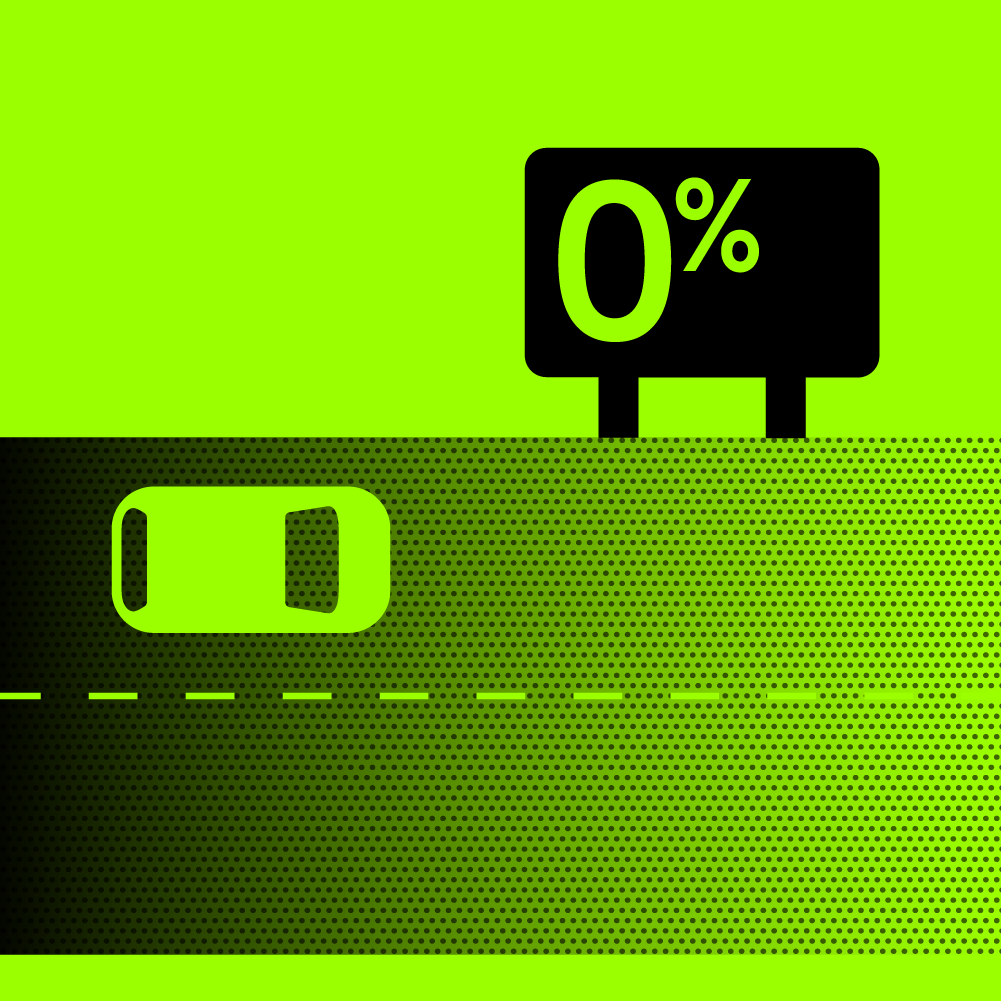
The Book at a Glance
-
The seventh transport revolution runs on motorways
In the journey towards a new conception of mobility, motorways, which will turn 100 in 2024, are the ideal laboratory for refining and accelerating processes

-
Road transport: an irreplaceable asset
There are more than 38 million Italians who commute every day and cover 1.8 billion km, the equivalent of 12 times the distance between the Earth and the Sun

-
New energy carriers for motorway decarbonisation
In order to decarbonise the automotive sector, it is essential to use alternative energy carriers such as biodiesel, biomethane, hydrogen, e-fuel, and electricity.

-
Technologies that reduce the accident risks
The motorways of the future will be fully automated and will accommodate more vehicles because traffic flows and speed will be monitored by road sensors that will dialogue with the self-driving systems of cars.

-
Motorways: the backbone of the national economic system
Motorways have been the symbol of an ever-accelerating world, the backbone of the economy and places of reunion. Decades later, the motorway infrastructure remains vital in the lives of Italians.

-
Bridges and tunnels: a heritage to regenerate
Hundreds of tunnels, bridges and viaducts are needed to cross hills, valleys, and streams. Regenerating maintenance interventions on this important heritage and preventive maintenance of more recent assets have become urgent.

-
The oldest and most complex network in Europe
Italian motorways are the oldest in Europe, with a number of viaducts, bridges, and tunnel that is much higher than the European average. Furthermore, they are the most stressed, as approximately 40,000 vehicles run along each single Km every day.

-
Decarbonise transport
Motorways will be the focus of the seventh transport revolution, which will combine the effects of three main factors: the use of renewable energy, the development of connected and self-driving vehicles, and new intelligent mobility services.

-
Ways to reduce emissions from the transport sector
How long is six years? Depending on your point of view, they can be an eternity, or they can pass in a breath, as in the case of the time horizon set by the European Commission in the “Fit for…











